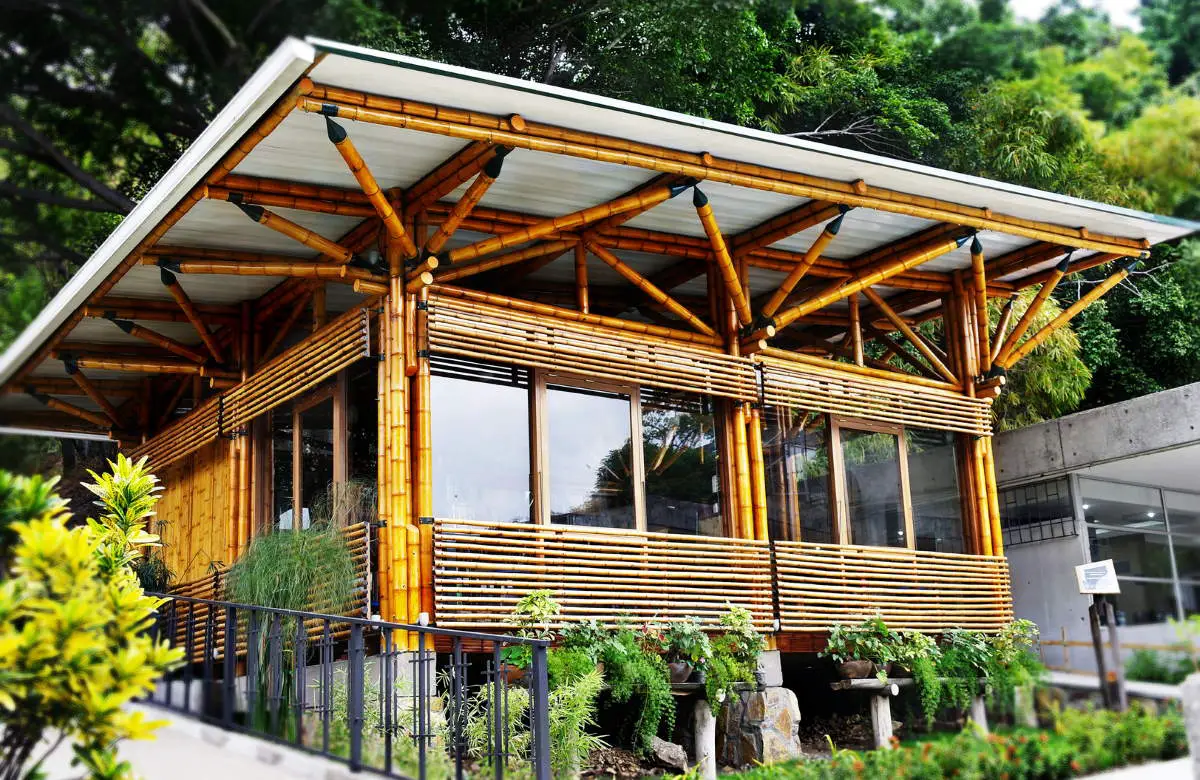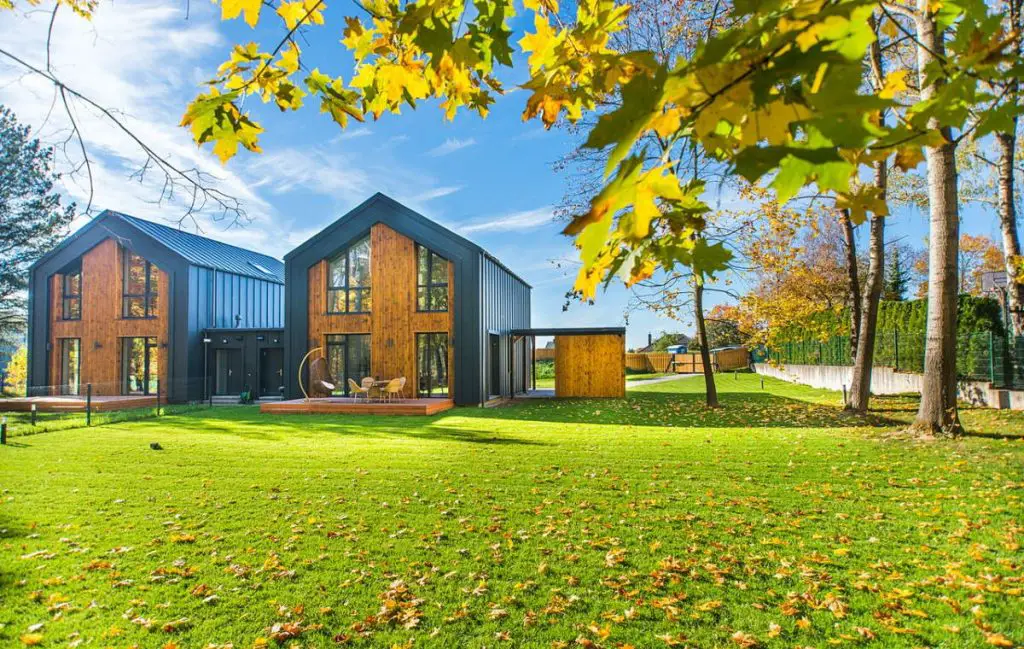When most people think of construction materials, one of the first things that come to mind is concrete. This is not surprising when you realize that concrete is the most commonly consumed product on Earth after water.
Despite its popularity, however, concrete has adverse effects on the planet and its health. It releases a dangerous amount of carbon dioxide into Earth’s atmosphere, with the concrete industry making up 8% of overall global emissions.
With the planet’s health and global warming becoming a more pressing issue, more individuals and businesses are making active efforts to become environmentally conscious about the products and materials they’re using and investing in. The construction industry is no exception to this.
While concrete is still a major player in this industry, there have been some major strides when it comes to finding sustainable alternatives. Read on to find out more about these innovative and sustainable concrete alternatives.
Bamboo & Cork
While bamboo and cork may not be the first thing that comes to mind when you think of construction and building materials, they’re actually some of the best eco-friendly materials on the planet. These natural materials are fast-growing and have a shorter growth cycle than wood, making them easily accessible while slowing down deforestation.
Each material also has unique benefits, making them great replacements for concrete. Although it may not look like it from a glance, bamboo has an excellent weight-to-strength ratio and a greater compressive and tensile strength than concrete, making it highly resistant to harsh conditions.
Cork has some unique properties as well that add to its eco-friendly benefits, such as flexibility and insulation. Due to these advantages, cork also has noise absorption abilities and is impervious to water and rot.
These are great alternatives to concrete, especially for housing, since bamboo and cork allow for unique and innovative design opportunities. With some creativity and an open mind, these environmentally friendly materials can make for a breathtaking sight!

Aluminum
Although it may seem like using metal is not an eco-friendly alternative to conventional concrete due to the industrial processes metals go through, the opposite is actually true. While metals such as aluminum and steel require energy to produce, they are a great environmentally friendly material source due to their durability and recyclable life cycle.
Specifically, aluminum has many great properties that make it ideal for the construction industry without sacrificing the environment. It’s lightweight yet strong, making it an excellent choice for structural support. It’s even been used in famous structures such as the Empire State Building.
Additionally, one of the best eco-friendly benefits of aluminum (and other metals) is that it can be melted down again and reused without losing quality. This makes it a great energy-efficient material that still delivers strong results while being cost-effective.
For incorporating aluminum and other metals, roofs are another great way to go. Because metal has a long life and is reusable, it makes for a more sustainable alternative for roofing than wood, asphalt, and even concrete roofing. There are many eco-friendly benefits to metal roofing and other construction materials, including lowered energy consumption and reduced landfill waste, making it a great alternative to concrete.
Recycled Plastic
It’s not news that plastic is overused and under-recycled. For years, the adverse environmental effects of plastic have been emphasized and highlighted in hopes of reducing plastic usage. Statistics from 2020-2021 show that every day, 8 million pieces of plastic enter the ocean, only 9% of plastic is recycled, and over 700 species of marine life are threatened by plastic to the point of extinction.
While we can’t fix the plastic waste problem plaguing our world in one day, we can make great strides in reducing the amount of plastic that goes to waste by using recycled plastic for construction and building purposes as an alternative to traditional concrete.
By using recycled plastics, we can create sustainable concrete by grinding up recycled materials and even some trash. This reduces waste in landfills and the amount of plastic that ends up in the ocean, and also reduces greenhouse gas emissions.
Contrary to popular belief, plastic has some great qualities that make it an excellent source of building materials. Not only is recycled plastic waterproof and lightweight, but it can also be recycled many times to achieve the same results.
Alternatives to Concrete Can Help the Planet
You don’t need to be in the construction industry to take the initiative and use these great sustainable and environmentally friendly alternatives to concrete. You can make a difference even with small, environmentally conscious choices.
Something as simple as opting for metal roofing, using bamboo flooring for your new business, or just taking a few extra seconds out of your day to recycle your plastic can help support the construction industry and the planet, and create more sustainable ways of living and building.
- 9 Myths and Facts About Environmental Toxins - January 4, 2023
- Top 6 Deadliest Hurricanes ever recorded - November 7, 2022
- Are All-Electric Homes Feasible in the Near Future? - September 25, 2022

